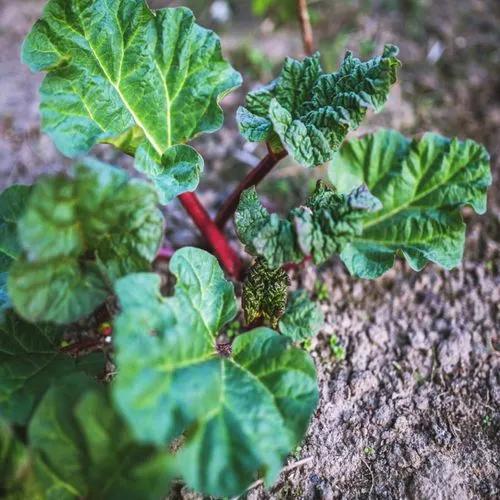Smyrnium are erect, branching biennials with broadly oblong, divided lower leaves and rounded upper leaves. In late spring and early summer they produce branched umbels of small, greenish-yellow flowers
Smyrnium Perfoliatum Care
Smyrnium Perfoliatum
Other names: Alexanders



How to Care for the Plant

Water

Moist and well drained means exactly what it sounds like. Soil is moist without being soggy because the texture of the soil allows excess moisture to drain away. Most plants like about 1 inch of water per week. Amending your soil with compost will help improve texture and water holding or draining capacity. A 3 inch layer of mulch will help to maintain soil moisture and studies have shown that mulched plants grow faster than non-mulched plants.

Pruning

As perennials establish, it is important to prune them back and thin them out occasionally. This will prevent them from completely taking over an area to the exclusion of other plants, and also will increase air circulation thereby reducing the incidence of diseases like botrytis and powdery mildew.

Fertilizer

Annuals and perennials may be fertilized using: 1.water-soluble, quick release fertilizers; 2. temperature controlled slow-release fertilizers; or 3. organic fertilizers such as fish emulsion. Water soluble fertilizers are generally used every two weeks during the growing season or per label instructions. Controlled, slow-release fertilizers are worked into the soil ususally only once during the growing season or per label directions. For organic fertilizers such as fish emulsion, follow label directions as they may vary per product.

Sunlight

This spring bloomer produces bright chartreuse floral domes atop bract-like, rounded leaves that are pierced by the flower's stem. This plant's form and color contrast well with spring bulbs. It grows 3 feet tall and 2 feet wide. Let it regenerate itself by self-sowing.

Soil

Chalky, Clay, Loamy, Sandy (will tolerate most soil types)

Temperature

Sow 10mm deep into moist well-drained seed compost. Ideal temp. 18-22°C.

Container

9cm pot

Additional

Not all medicinal, dye or aromatic plants are edible, some are toxic if eaten and others are dangerous if applied to the skin. Smyrnium perfoliatum is a BIENNIAL growing to 1.5 m (5ft) by 0.6 m (2ft in). It is hardy to zone (UK) 6 and is not frost tender. It is in flower from June to August, and the seeds ripen from July to September.

Popularity

23 people already have this plant 2 people have added this plant to their wishlists
Discover more plants with the list below
Popular articles






